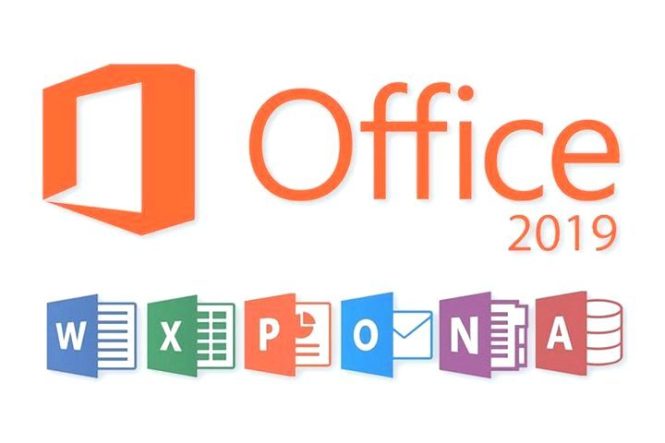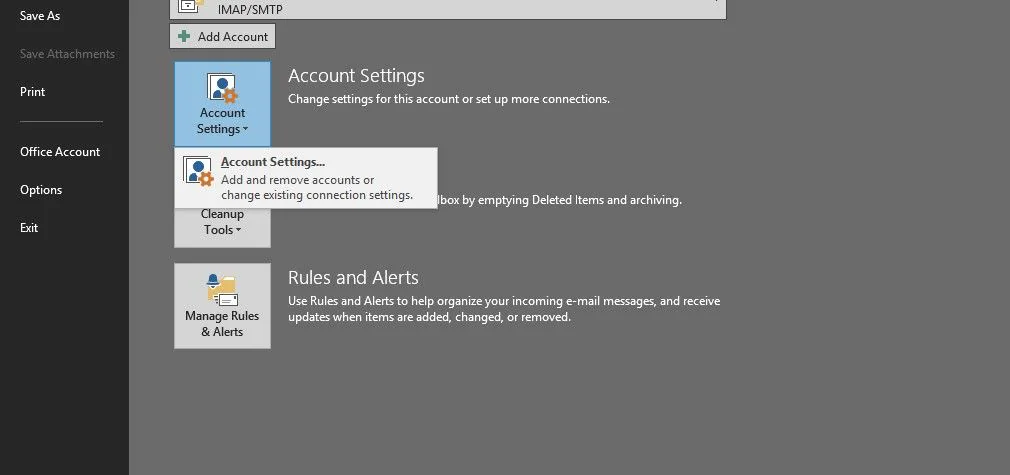Saving Visio Files in XML Format
Visio drawings, templates, and stencils can be saved in an XML format that is useful for a number of reasons. As an end user, you probably won’t find this capability very exciting, but your IT and Development departments might be interested, so be sure and mention it to your nearest techie.
XML is an open format that uses structured text to define data. Because it is plain text, XML is human readable (but not easily readable), and developers can access, edit, compare, and filter the information programmatically. An aspiring programmer can extract information from Visio XML drawings or even generate them without using Visio at all.
You can save Visio files in XML format via File, Save As, or File, Save & Send, Change File Type. In the Save As dialog, look for the options XML Drawing, XML Stencil, or XML Template, depending on the file you are trying to save. Instead of .VSD, .VST, and .VSS extensions, files saved in XML format have the extensions .VDX, .VTX, and .VSX.
There is an option to save drawings in Visio XML format by default. Go to File, Options, Save. In the Save Documents area, you see the Save Files in This Format drop-down list, where you specify Visio XML Document as the default.
Saving Files in Older Visio Formats
If you have colleagues or customers using older versions of Visio, they might not be able to open your Visio 2010 documents. Using Save As or Save & Send, you can save documents in the Visio 2000–2002 format. Just look for Visio 2000–2002 Drawing (*.vsd) in the Save options.
So that you don’t forget that you have done this, Visio reminds you every time you save thereafter. When you save the document, the Save Options dialog pops up, asking you to choose between the Current Visio Format and Visio 2002 Format.
If you choose Current Visio Format, the file becomes a Visio 2010 drawing again, and you won’t see the pop-up anymore.
If you choose Visio 2002 Format, you (frustratingly) see the pop-up every time you save, along with the reminder that “Saving in the Visio 2002 format may result in the loss of attributes unique to the current format.”
Because of this minor annoyance, I work in the newest format and save a copy to the older format just before sending the file to a customer. I typically add the suffix “(2000)” to the filename to keep things clear. In this manner, older versions of the file are essentially exports. I don’t work in the older format.
If you frequently need to save to the older format, you can tell Visio to do it by default. Go to File, Options, Save and notice the Save Files in This Format drop-down list. Choose Visio 2002 Document to set the default.
When you save to an older format, you won’t likely lose any of the graphics in your diagram. What’s missing is the ability to manipulate the shapes using the latest technology. For example, your drawing might use Visio 2010’s containers and callouts. Saving it to an older format won’t destroy the containers and callouts. But users of Visio 2000 or 2002 won’t get the automated benefits that these shapes have.



